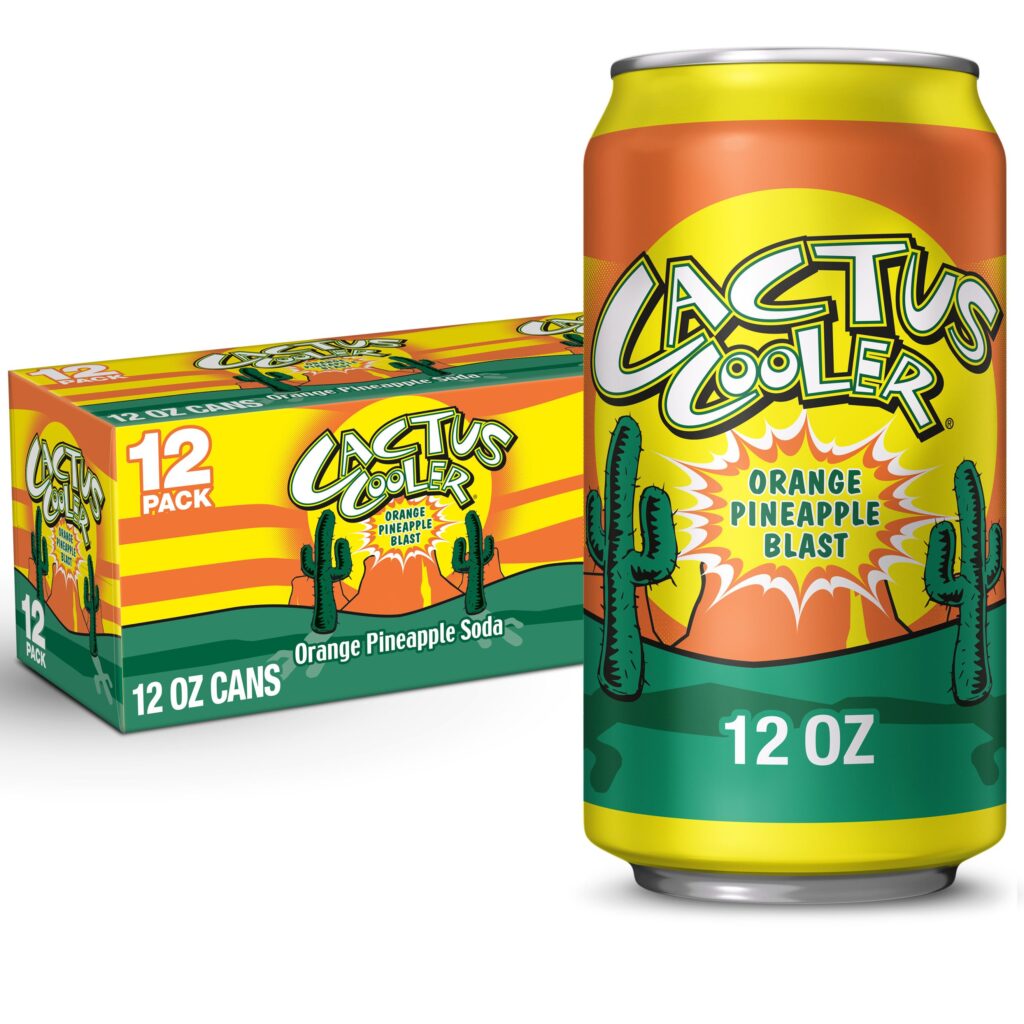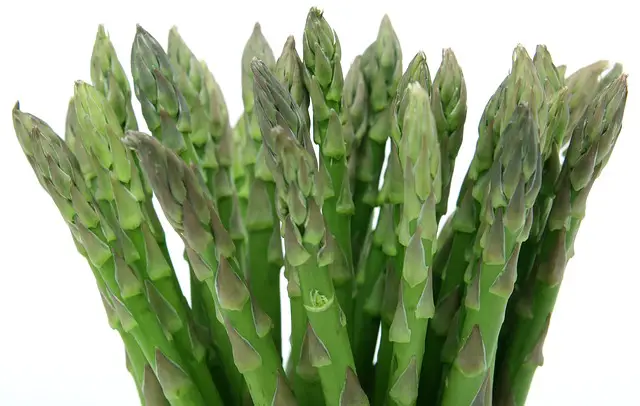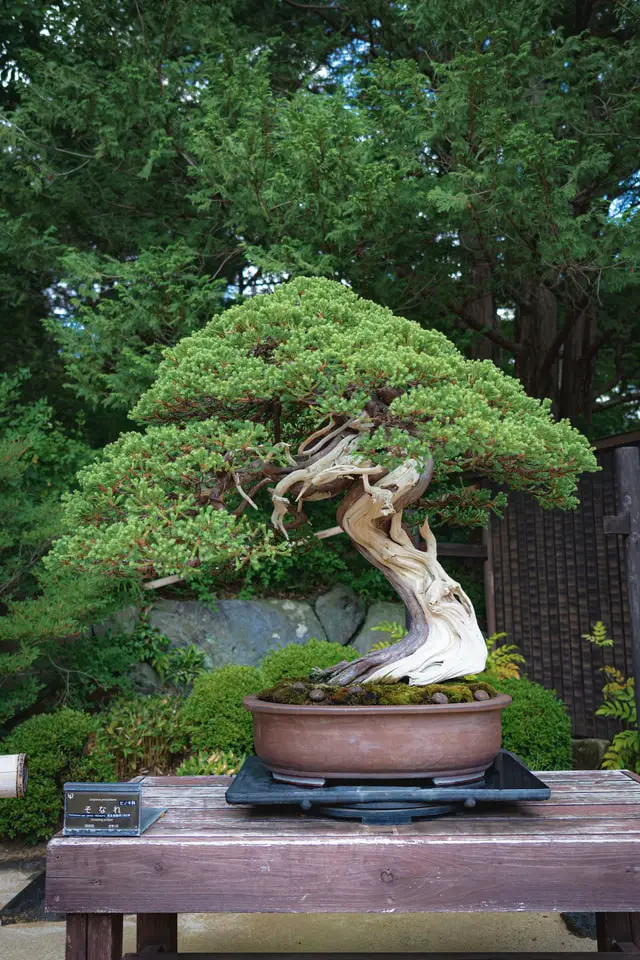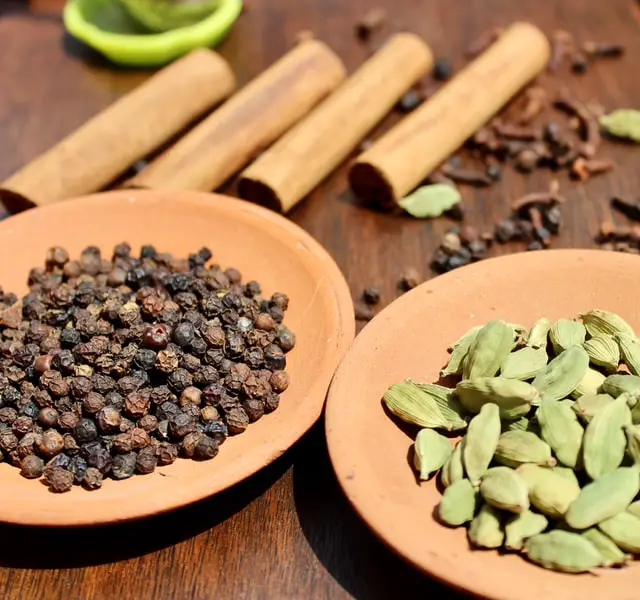Why Is Cactus Cooler So Expensive?
Cactus Cooler tends to be on the pricier side because it’s produced in limited quantities and mainly sold in specific regions like Southern California. This regional focus means higher shipping costs for retailers outside its core market, which can drive up the price. Plus, its unique flavor and nostalgic appeal add to its value!
Is Cactus Cooler only sold in California?
Cactus Cooler is primarily sold in California, particularly Southern California, but it’s also available in some surrounding Southwestern states. While you might find it in other places occasionally, it really shines in its home turf.
Where is Cactus Cooler most popular?
Cactus Cooler is most popular in Southern California and parts of the Southwest, like Arizona. It’s a nostalgic favorite for many who grew up with it, making it a go-to drink for summer barbecues and outdoor gatherings.
What brand makes Cactus Cooler?
Cactus Cooler is made by Keurig Dr Pepper. They took over the brand after Canada Dry, which originally launched it in the 1960s. So, when you enjoy a Cactus Cooler, you’re sipping on a product from a well-known beverage company!
Why is Cactus Cooler called Cactus Cooler?
The name comes from a fictional drink called “Cactus Coola” that appeared in The Flintstones. The creators wanted to bring that fun, cartoonish vibe to life, and thus, Cactus Cooler was born!
Did Fred Flintstone drink Cactus Cooler?
Yes, he did! Fred Flintstone is associated with Cactus Cooler because it was inspired by the drink he enjoyed on the show. So, every time you crack open a can, you’re sharing a moment with that beloved cartoon character!
What drink does Fred Flintstone drink?
Fred Flintstone is known for drinking “Cactus Coola” in The Flintstones. It’s a fun fictional drink that inspired the real-life Cactus Cooler we know today.
What flavor soda is Cactus Cooler?
Cactus Cooler has a delicious orange-pineapple flavor. It’s sweet, fruity, and super refreshing—perfect for quenching your thirst on a hot day!
Is Cactus Cooler sativa or indica?
Cactus Cooler isn’t sativa or indica; those terms are related to cannabis. Cactus Cooler is simply a tasty, non-alcoholic soda that you can enjoy anytime!
Does Cactus Cooler have alcohol in it?
Nope, Cactus Cooler is completely alcohol-free. It’s a soda you can enjoy without any worries about alcohol content!
Who invented Cactus Cooler?
Cactus Cooler was invented by Canada Dry in 1966. They wanted to create a drink that resonated with fans of The Flintstones, and it definitely became a nostalgic favorite!
Where are swamp coolers popular?
Swamp coolers, or evaporative coolers, are popular in dry, arid regions like the Southwestern United States. They work well in low-humidity areas, making them a go-to choice for places like Arizona and New Mexico.
Where is the most cactus in the world?
The most cacti can be found in the Sonoran Desert, which spans parts of Arizona, California, and Mexico. This region is famous for its diverse cactus species, including the iconic saguaro.
Is cactus leather cheap?
Cactus leather is generally not considered cheap. It’s often priced higher than traditional leather because it’s seen as a sustainable and eco-friendly alternative.
Is cactus leather vegan leather?
Yes, cactus leather is considered vegan leather since it’s made from plant materials and doesn’t involve animal products.
Where is cactus made?
Cactus is primarily grown in arid regions, particularly in Mexico and the southwestern United States. These areas provide the ideal climate for various cactus species to thrive.
Why are swamp coolers so expensive?
Swamp coolers can be a bit pricey due to their design and efficiency. They require specific materials and technology to work effectively in dry climates, which can drive up costs compared to traditional air conditioning units.
Do swamp coolers work in 100-degree weather?
Yes, swamp coolers can work in 100-degree weather, but their effectiveness depends on humidity levels. They perform best in low-humidity conditions, so if the air is too humid, they might not cool as effectively.
What is the life expectancy of a swamp cooler?
The life expectancy of a swamp cooler is typically around 10 to 15 years, depending on maintenance and usage. Regular upkeep can help extend its lifespan.
Is it OK to run a swamp cooler all day?
Yes, it’s generally fine to run a swamp cooler all day, especially during hot weather. Just make sure to keep an eye on the water levels and maintain it regularly to ensure optimal performance.
Is it cheaper to run a swamp cooler or AC?
Swamp coolers are usually cheaper to run than traditional air conditioning systems, especially in dry climates. They use less electricity and can significantly lower cooling costs during hot weather.
How often do you change the water in a swamp cooler?
You should change the water in your swamp cooler every few days, especially during hot weather when it’s working harder. Regularly checking the water level and quality will help keep it running efficiently.
What are the ingredients in Cactus Cooler?
Cactus Cooler typically contains carbonated water, high fructose corn syrup, citric acid, sodium benzoate (as a preservative), acacia gum, natural and artificial flavors, ester gum, and yellow #6 coloring.
What is the history of Cactus Cooler?
Cactus Cooler was introduced in 1966 by Canada Dry, inspired by the fictional drink “Cactus Coola” from The Flintstones. Initially distributed nationwide, it later became more regional, focusing on the Southwestern U.S., where it maintains a loyal following today.
Why put Styrofoam on cactus?
People often use Styrofoam to insulate cactus plants, especially in colder climates. It helps protect the roots from freezing temperatures while allowing for drainage.
What are the cotton balls on my cactus?
Those cotton balls on your cactus are likely mealybugs, a common pest that can infest cacti. They appear as white, cottony masses and can harm your plant if not addressed.
Are coffee grounds good for cactus?
Coffee grounds can be beneficial for cacti in moderation. They add organic matter and can help improve soil drainage, but be careful not to overdo it, as too much can lead to acidity.
What does it mean when a cactus gets fuzzy?
If your cactus is getting fuzzy, it might be developing a woolly or fuzzy fungus, or it could be a natural growth of woolly structures, like those seen in certain cactus species. If it’s a pest, you’ll want to treat it promptly.
Why is my cactus oozing white stuff?
If your cactus is oozing white stuff, it could be a sign of a pest infestation or a fungal infection. It’s important to inspect your plant closely and take action to treat any issues.
What are the white balls in my cactus?
The white balls could be a sign of mealybugs or other pests. They can also be natural growths in some cactus species. It’s best to check for pests and treat them if necessary.
Can cactus get sunburned?
Yes, cacti can get sunburned, especially if they’re suddenly exposed to intense sunlight after being in the shade. Look for signs like bleached or discolored patches on the skin, and try to provide some shade during the hottest parts of the day.













